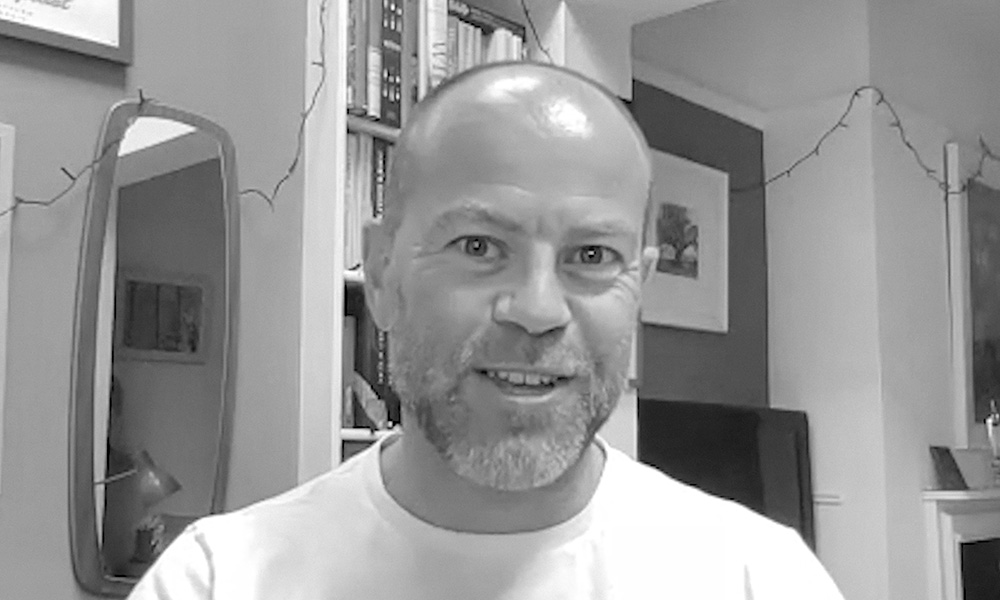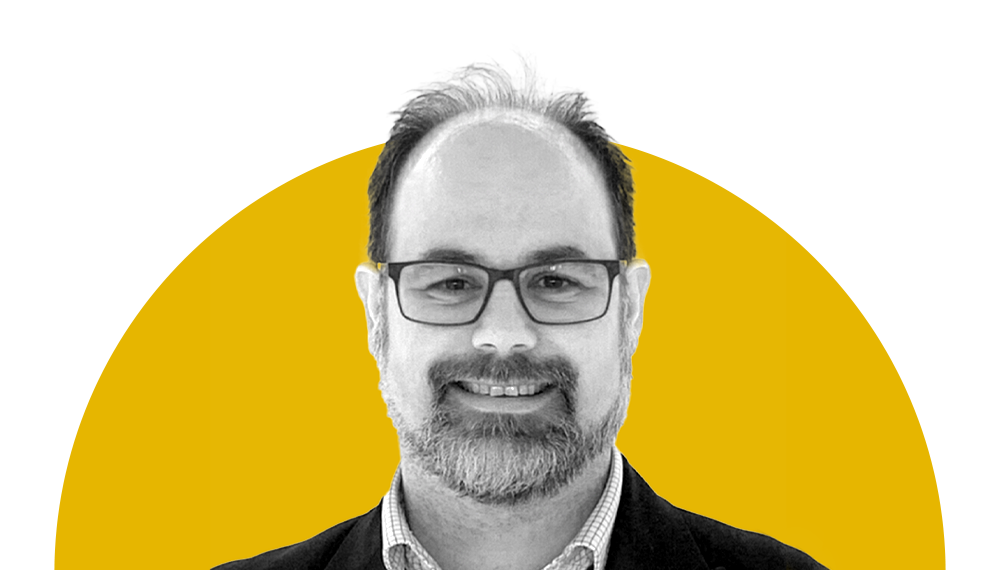Enterprises often think in terms of ‘us’ and ‘them’ when it comes to business relationships. However, the challenge today is that ‘us’ and ‘them’ is a complex landscape, encompassing relationships between the enterprise and its customers, the business and its suppliers, internally between departments, and many more. More importantly, these relationships are in constant flux and depend on shifting interests and priorities in an ever-changing landscape.
As a result, bridging the gap between us and them requires business leaders to embrace change at an organisational and a cultural level, so as to minimise conflict.
Embracing change to target the delta between us and them
This approach is already apparent in some organisations today.
Take giffgaff as an example. It is not an old company but it was created out of a traditional telco: Telefonica. From the start, the company wanted to be the antithesis of the disappointing relationships with mobile operators that customers have come to accept.
Giffgaff wanted to have ‘members’, not customers and not employees – everyone is a giffgaffer. Having had the privilege of working with giffgaff for the past seven years we have seen that genuine commitment to the membership concept.
As an example, this even extends to the language the company uses. The company wants there to be only one conversation taking place – whether it involves internal members or customers. So internally and externally giffgaffers do not use jargon, buzzwords or ‘management speak’. Projects don’t have obscure code names. Instead plain, simple language is used, not only to enable all members to understand and contribute, but also to ensure there is maximum transparency in what the company is doing at all times.
A cross-functional team can accelerate decision-making and approvals and also find a better solution that works for everyone by breaking the problem into smaller chunks. These dynamic, tactical teams also give you more flexibility to embrace iterative change.
Giffgaffers, from top to bottom, embrace change to build better services – indeed, the company’s entire operational structure is geared for change and for breaking down internal silos. Giffgaff builds teams that are focused on a product that they offer to members and the funnel of new ideas is driven by member needs and suggestions. Crucially, each team is made up of a diverse range of people: designers, product owners, business people, engineers and data specialists.
This approach has accelerated the speed with which the whole company delivers change, and thus, has also driven rapid improvements to the member experience. It’s no accident that giffgaff is one of the highest rated brands by net promoter score in the country.
Making change through the line – one step at a time…
Of course, it is easy to say that “we are different to giffgaff”, “we have more legacy” or “we have more complexity in what we offer”. And it’s true that it is unrealistic to rip up established ways of working and start again. But why try to change everything at once? The most important thing to understand is that even the smallest change can impact every aspect of your business – so ‘through the lines’ of your business small change impacts the customer experience, your employee experience, your operational structure and your IT infrastructure.
By way of illustration, let’s say a company sees that the self-help pages on its website are creating more help requests to the call-centre than they solve. Is this the content team’s problem to solve? The sales team? The call centre? The IT department?
The reality is that the problem impacts everyone. So why not share ownership of the solution?
A cross-functional, ‘tactical’ team – with representation across each affected department – can accelerate decision-making and approvals and also find a better solution that works for everyone by breaking the problem into smaller chunks.
These dynamic, tactical teams also give you more flexibility to embrace iterative change – rather than trying to find the solution. Teams can be formed, reformed or disbanded continuously – tackling one problem, or staying together to solve other problems as needed.
To come back to our example, the end goal is a reduction in calls to the support team. But the journey to solve it involves a content rethink, a creative redesign, a technical update, and a training programme for the call centre to advise users to self-serve better. As such the impact on the business is potentially huge.
A pragmatic solution to us and them
Breaking down the barriers between us and them is about taking manageable steps to embrace challenges and change together in partnership.
Creating dynamic, tactical teams, as epitomised by giffgaff, can help businesses be organised for change and promote a laser focus on service improvement. Identifying one area for change and working through the line creates an iterative, flexible method that, in tackling one challenge at a time, will create enormous change throughout the whole business and your ecosystem.
Isn’t it the only sensible and effective way of navigating the complex landscape of us and them?


















































